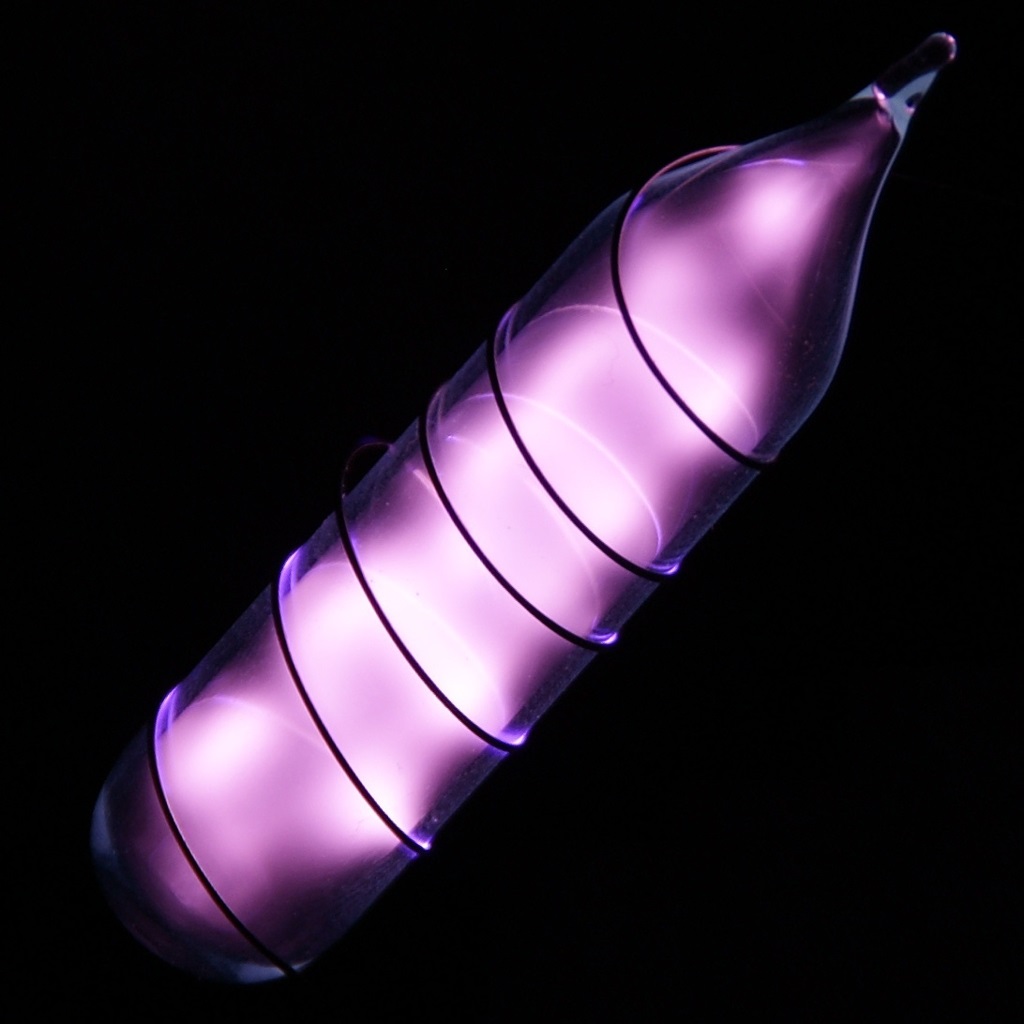Heli
2
He
Grup
18
Període
1
Bloc
s
Protons
Electrons
Neutrons
2
2
2
Propietats Generals
Nombre atòmic
2
Massa atòmica
4,002602
Nombre de massa
4
Categoria
Gasos nobles
Color
Incolor
Radioactiu
No
From the Greek word helios, the sun
Estructura cristal·lina
Cara cúbica centrada
Història
French astronomer Jules Janssen obtained the first evidence of helium during the solar eclipse of 1868.
Norman Lockyer and Edward Frankland suggested the name helium for the new element.
In 1895, Sir William Ramsay discovered helium in the uranium mineral cleveite.
It was independently discovered in cleveite by Per Teodor Cleve and Abraham Langlet.
Norman Lockyer and Edward Frankland suggested the name helium for the new element.
In 1895, Sir William Ramsay discovered helium in the uranium mineral cleveite.
It was independently discovered in cleveite by Per Teodor Cleve and Abraham Langlet.
Electrons per capa
2
Configuració electrònica
1s2
Unlike any other element, helium will remain liquid down to absolute zero at normal pressures
Propietats Físiques
Fase
Gasós
Densitat
0,0001785 g/cm3
Punt de fusió
0,95 K | -272,2 °C | -457,96 °F
Punt d'ebullició
4,22 K | -268,93 °C | -452,07 °F
Entalpia de fusió
0,02 kJ/mol
Entalpia de vaporització
0,083 kJ/mol
Capacitat tèrmica específica
5,193 J/g·K
Abundància a l'escorça terrestre
5,5×10-7%
Abundància a l'univers
23%

Número CAS
7440-59-7
Número CID de PubChem
23987
Propietats Atòmiques
Radi atòmic
31 pm
Radi covalent
28 pm
Electronegativitat
-
Potencial d'ionització
24,5874 eV
Volum atòmic
27,2 cm3/mol
Conductivitat tèrmica
0,00152 W/cm·K
Estats d'oxidació
0
Aplicacions
Helium is used as a protective gas in growing silicon and germanium crystals, in titanium and zirconium production, and in gas chromatography.
Helium at low temperatures is used in cryogenics.
Helium is used for filling balloons and for pressurizing liquid fuel rockets.
Helium is used as a shielding gas in arc welding processes.
Helium at low temperatures is used in cryogenics.
Helium is used for filling balloons and for pressurizing liquid fuel rockets.
Helium is used as a shielding gas in arc welding processes.
Helium is not known to be toxic
Isòtops
Isòtops estables
3He, 4HeIsòtops inestables
5He, 6He, 7He, 8He, 9He, 10He